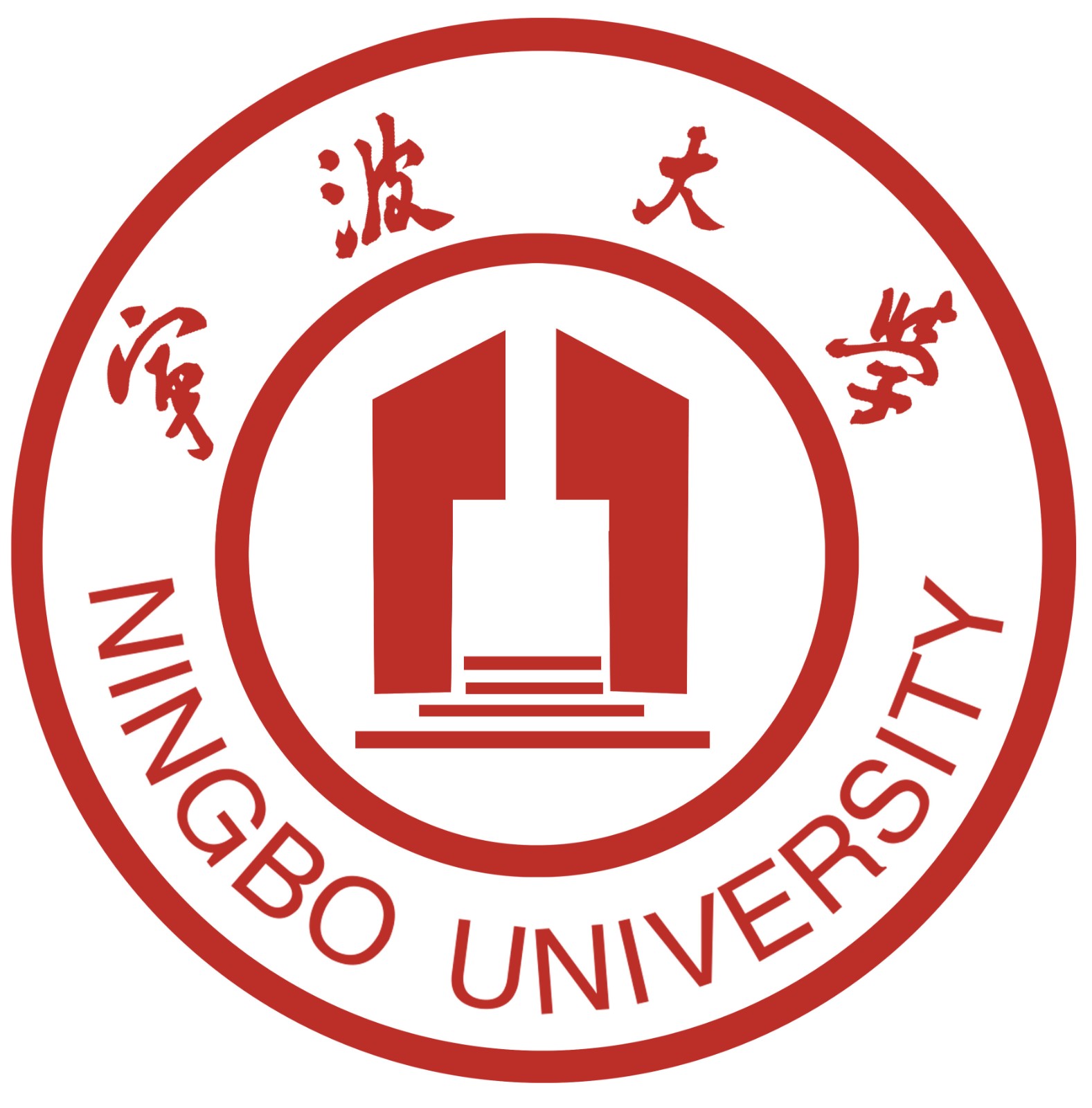溶剂分离在化学工业领域中应用广泛,尤其是针对活性药物合成过程中高附加值药物产品与醇类的分离。目前,药品大多数通过精馏、蒸发和干燥、萃取等过程,存在整体能源利用效率低,药物回收成本高的问题。利用耐溶剂分离膜对药物分子与溶剂进行分离回收,具有效率高、无相变,相较于传统精馏过程具有较大的应用潜力。本工作提出一种热促进同步相转化和交联(T-SIM)的高分子膜制备工艺用于耐溶剂多孔支撑层制备,并在其表面进行界面聚合得到聚酰胺(PA)分离层。该T-SIM工艺能够有效缩短制耐溶剂膜制备工艺时长,优化膜面孔径分布。将上述耐溶剂复合膜用于有机溶剂正渗透(OSFO)和有机溶剂压力辅助渗透(OSPAO)过程,在抗生素类药物分子和醇类的分离过程中具有较好的应用前景。
Abstract
Organic solvent forward osmosis (OSFO) process is a potential method for separating pharmaceuticals from organic solvents due to its low energy consumption and without external pressure requirements. However, OSFO process is limited in practical application due to low solvent flux. Here we reported the use of organic solvent pressure-assisted osmosis (OSPAO) process, which is a novel OSFO operation with increases a driving force (≤1 bar) in the same direction as solvent flow, enhancing solvent flux by combining osmotic pressure driving force with external hydraulic pressure. This work highlights a thermal facilitated simultaneous phase-inversion and crosslinking (T-SIM) strategy, which facilitates crosslinking degree and reduces preparation time and multi-step operations of solvent-resistant polyimide (PI) substrates. The temperature and extended time during the T-SIM strategy can more effectively controlling the physicochemical property and surface pore structures of solvent-resistant PI substrates. The morphological and physicochemical changes of the solvent-resistant PI substrates were observed by SEM, AFM, XPS, TG, contact angle and ATR-FTIR spectroscopy. Polyamide (PA) membranes were produced on the solvent-resistant PI substrates using an interfacial polymerization (IP) process, which led to the creation of defect-free PA layers with “ridge-and-valley” patterns. The methanol flux of 9.65 L m-2h−1 (LMH) and oxytetracycline (OTC) rejection of > 91% under the organic solvent nanofiltration test were achieved for the optimized T-SIM120 membrane, while the ethanol flux of 7.24 LMH and OTC rejection higher than 97% were observed under the OSPAO test. Additionally, DMF activation improved membrane permeance, the maximum ethanol flux of the T-SIM120 membrane after 2 h DMF activation reached 8.27 LMH under 1 bar during the OSPAO process and OTC rejection > 97%. The OSPAO process in this work demonstrated higher ethanol flux compared to the OSN process, lower Js/Je and enhanced OTC rejection compared to the OSFO process. Then the unique characteristic makes OSPAO process a desirable technology for solvent recovery in the pharmaceutical industry.

Separation and Purification Technology, Volume 325, 15 November 2023, 124534
